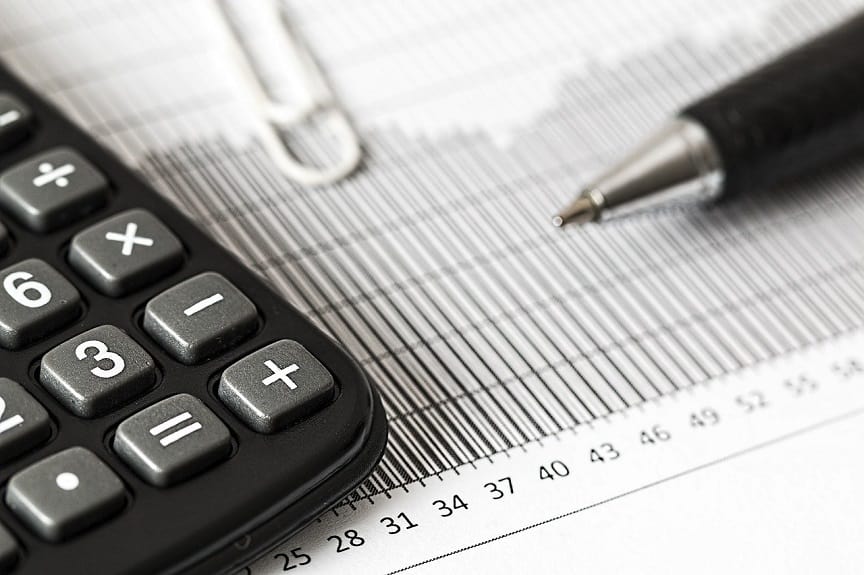What is Preferred Stock? What is Common Stock?
What is Preferred Stock? What id Common Stock? Do you know? You have probably heard of stocks and the stock market. But, you might not know that there are two types of stocks: Common Stock and Preferred Stock. What is Preferred Stock and What are Common Stocks? Common stocks are what many call stocks. They make up the stock market and give people an opportunity to own a part of a company. This means if the company rises in value the stock price is likely to rise as well. People can profit from the rise in the price of the stocks they own.
We know what common stocks are and how they work but what about preferred stocks? What is preferred stock: A preferred stock is much different than a common stock. Although it is an equity security it behaves more like a debt security (example: bond). Preferred stocks don’t have voting rights-common stocks do-and they generally don’t rise or fall in value if the company does. Typically preferred stocks pay a fixed dividend. A common stock may also pay a dividend, but the stock price itself can rise and fall more frequently than the price of a preferred stock. There are several different types of preferred stock, but before we got into those let’s go over their pros and cons.
What is preferred stock?
A Preferred stock is much different than a common stock. It behaves more like a debt security (example: bond). Typically preferred stocks pay a fixed dividend. A common stock may also pay a dividend, but the stock price itself can rise and fall more frequently than the price of a preferred stock. The reasoning for the name preferred stock is because preferred stockholders get paid all their dividends before any common stockholders. Furthermore, at dissolution of a company preferred stockholders will get paid out before any common stockholders.
What is Preferred Stock Risk: Preferred Stock has Higher Priority over Common, but Nothing is Guaranteed…
One of the big benefits of preferred stock is that if a company goes bankrupt or dissolves the preferred stockholders will get paid out before any common stockholders. Additionally when a company has profits and declares a dividend payment, preferred stock has priority. All of the preferred shareholders are paid their dividend payment before any common stock shareholders.
As you can see there are some great benefits, but you also need to be aware of all the risks. What is preferred stock risk-something that can cause your investment to decrease or lose value. If inflation rises more than the preferred yield then your investment will lose value. This is purchasing power risk. The Fed can also impact the value of preferred stocks by raising interest rates. If interest rates rise there will likely be more attractive options for investing and the price of fixed preferred stocks will probably decrease.
Finally, if the company performs poorly they may cut the dividend payments and in the extreme case file for bankruptcy. Although preferred has priority over common stockholders, all of the companies debtors must be paid before any preferred. This means any bonds, debentures, ect. must be paid before any stockholders are paid.
What is preferred stock: Benefits and Risks
Benefits
Risks
There’s a Preferred Stock for Everyone, What is Yours?

What is Preferred Stock: Types of preferred stock
• Straight
• Cumulative
• Callable
• Convertible
• Adjustable Rate
• Participating
The benefits and risks of preferred stock are not universal. There are a number of different types of preferred that give additional benefits and risks to owning them. The main types of preferred stock are classified as Straight, Cumulative, Callable, Convertible, Adjustable Rate, and Participating. There are even more complex preferred stocks that combine these types together, for example Callable and Convertible. Next we define each of these types individually.
What is a preferred stock: Definitions
- Straight-No special features. Fixed dividend payments based on the stated dividend. If a dividend payment is missed it is not paid, and will not be owed.paid in the future.
- Cumulative-Accrues payments due to shareholders if the dividends ever get reduced or suspended. The dividends due to the cumulative preferred stock holders accumulate on the companies books until the board of directors decides to pay them. When the company decides to continue dividend payments the company must pay all accumulated dividends owed to the preferred shareholders before paying any common stock dividends. These usually offer lower yields than Straight preferred because of the cumulative aspect.
- Callable-When companies issue a callable preferred they have the option to buy back the preferred shares at a specific price after a certain date. This allows the company to get out of a higher fixed interest and re-issue lower securities if interest rates fall in the future. It’s a way of refinancing. As an owner of a callable preferred you will typically get a higher yield than straight and you are guaranteed the preferred stock for a certain time before the company can call (buy) them back. Additionally, when the company calls the stock back they typically repurchase it above par value. For example if preferred was $100 at par, they may buy it back for $103.
- Convertible-The owner of a convertible preferred can exchange the preferred share for a specific number of the companies common stock shares. This allows the preferred shareholder to have a greater capital gain potential since it can own the common stock. The price of the convertible will be heavily influenced by the price of the common since this is the underlying value. Convertible stocks typically offer less yield than straight since they have the option to convert to common and enjoy large capital gains.
- Adjustable Rate-These preferred stocks offer variable dividend rates. These rates are tied closely to the Treasury Bonds, Bills, and Money Market rates. The company can change their dividend as often as quarterly to keep track with current rates. This basically eliminates the interest rate risk since the dividend will adjust when interest rates change. It also means the price of the adjustable rate stock will remain steady because it changes its dividend to align with current interest rates.
- Participating-Participating preferred stocks offer a fixed dividend payment along with a share in the companies profits. The company gives participating owners a share in corporate profits after all dividends and interest due to its other securities are paid. The percentage of the profits each participating shareholder receives is printed on the stock certificate.
What is Preferred Stock: Where to go from here
We hope we were able to answer “what is preferred stock” for you. Remember there are a number of different preferred stocks that come in all shapes and sizes. The six different types described above are the basis for many different combinations of each. With the variety of preferred stocks available there is something out there for everyone.
At YP Investors no matter what the investment looks like the most important thing is to know that you are becoming part of the company you invest in. Make sure to invest in winners and not losers and your investments as well as yourself will be great! The first step to analyzing a companies health is to look at the fundamentals. Try out our Fundamental Analysis tool and all of our powerful stock analysis tool no risk with a free trial! We aim to continue to provide financial education to everyone, good luck on your investments!
